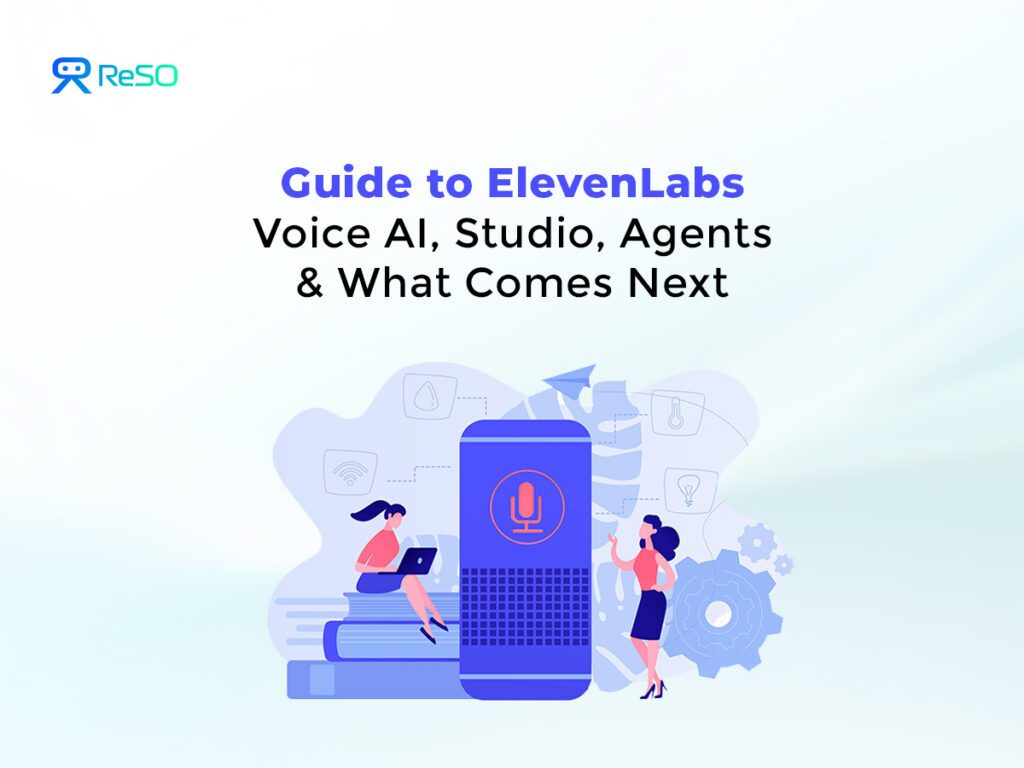If you’re building with AI or just trying to get the most out of your subscription, the “best model” depends entirely on what you need it for. Different AI models excel in different areas. There’s no one-size-fits-all. Let’s break it down together.
Key Takeaways
- The best model depends on your use case: coding, writing, research, multimedia, or conversation. Each AI shines in different areas.
- Claude dominates coding and writing quality: If you need high-fidelity code or authentic voice-driven content, Claude is worth the premium, even though it costs about 20x more than Gemini’s Flash model.
- ChatGPT leads in research and conversational flow: For balanced research synthesis, real-time image editing, and an AI assistant that remembers your context, ChatGPT is the top choice.
- Gemini breaks ground in affordability and multimedia: If video-from-text or cross-media AI products are your priority, Gemini offers cost-effective coding with its Flash model plus an innovative text-to-video tool called Veo 3.
- Cost vs capability trade-off matters: Claude is premium, ChatGPT is versatile, and Gemini offers strong features for developers and marketers on a budget.
- Pick AI tools to fit your workflow, not brand loyalty: Combine and use these tools together strategically to get the best of all worlds and boost productivity.
Coding
Claude 4 built a playable Super Mario level, seriously. This isn’t marketing hype. Claude 4 generated code for a full, playable level of the iconic game through an iterative process.
You describe what you want: a platform here, an enemy there, and Claude generates the actual code that makes it happen. It even adjusts gameplay mechanics like jump heights and enemy speed based on your prompts. That’s a next-level coding capability.
Claude 4 is about 20 times more expensive than Gemini 2.5 Flash. Gemini’s Flash model still gets the coding job done, but it’s far more cost-effective for quick iterations or smaller projects.
Gemini’s focus is on enabling developers who want results fast and under budget, even if it doesn’t deliver the same high-fidelity code as Claude.
What this really means is, if you want the highest-quality coding assistance and can stomach the cost, Claude is the way to go. But if you are building on a budget and need enough to work with, Gemini’s Flash model provides real value.
Writing
Writing well is more than just stringing words together. It’s about capturing voice, tone, and structure. Claude nails this if you take the time to feed it samples of your past writing. It learns your rhythms and nuances and then creates content that genuinely feels like you.
For content creators seeking authenticity and consistency, Claude is a game-changer.
ChatGPT often cuts too much. Its style can feel abrupt, trimming away the details that make writing richer or more engaging. That’s fine if you want something quick and concise. But it risks losing personality and warmth.
Gemini seems stiff. Its writing can be technically sound but can lack the fluidity and natural flow that draw readers in. It’s more robotic than human in style.
For writers who deeply care about tone and voice, Claude wins. Hands down.
Research
Research is a classic AI use case. Here’s where ChatGPT hits the sweet spot. It synthesizes insights, extracts the important points, and offers strategic recommendations that actually help you understand complex topics without drowning you in data.
Claude, by contrast, went deep on one research project, which sourced information from 427 references. Impressive, right? But more sources don’t always translate to clearer, helpful answers. Sometimes all that data just obfuscates the core insight.
Gemini delivered a massive output, 48 pages of research on a topic. That’s a lot to wade through.
What this really means is ChatGPT balances quality and quantity best for research. It offers you insights, not just a pile of facts.
Multimodal
Gemini’s Veo 3 is wild; it can turn text into an 8-second video complete with sound. That capability opens doors for quick content creation: marketing clips, social posts, or visual summaries from just a few lines of text.
But if your focus is crisp images, precise instructions, or real-time visual tweaks, ChatGPT remains the top pick. Its image generation and editing capabilities allow for interactive, high-quality outputs that creators can fine-tune as they go.
So if video-from-text is a priority, Gemini steals the show. For detailed image work, ChatGPT stays ahead.
Voice + Personality
ChatGPT sings (badly), remembers context, and makes conversations feel more human. Its memory feature is truly magical, allowing it to recall prior interactions and maintain context over long sessions. That gives your AI assistant a personality and makes conversations feel natural, not robotic.
Claude and Gemini haven’t quite caught up here. They’re excellent at their core tasks but don’t yet offer that same warmth or conversational fluidity.
Which One Is Right for You?
- Choose Claude if writing and development quality matter most. It’s your best bet for high-quality coding, writing with an authentic voice, and deep, nuanced research.
- Go ChatGPT if you want a smart assistant that remembers context, feels personable, and handles conversational AI naturally. It’s great for research synthesis, real-time image editing, and engaging chats.
- Use Gemini if you’re budget-conscious and building cross-media AI products (especially if video generation is a priority). Gemini Flash offers cost-effective coding, and Veo 3 delivers unparalleled text-to-video capabilities.
Deeper Context and Numbers
Digging a little deeper into costs and capabilities: Claude 4’s advanced coding features come at roughly 20 times the price of Gemini 2.5 Flash, making it a premium option.
Gemini 2.5 Flash, while cost-effective, balances speed and budget for developers who need fast MVPs or straightforward coding tasks [VertexAI,, see Table].
In writing, Claude’s ability to capture voice from past samples isn’t just anecdotal; it’s backed by studies on its voice-matching model that elevate it beyond generic AI writing assistants.
ChatGPT’s approach often trims content for brevity, trading off nuance.
Gemini’s Veo 3’s image-to-video capability with sound is unique compared to the current offerings of Claude and ChatGPT.
Meanwhile, ChatGPT’s advanced image editing and voice features give it an edge in visual content quality and dynamic conversation flow.
We’re in a golden time of AI experimentation. Each tool shines brightest in certain tasks:
- Claude’s strength lies in quality and depth for writing and coding.
- ChatGPT balances personality, research clarity, image editing, and conversational memory.
- Gemini pushes the boundaries in cost-effective coding and innovative multimedia.
So, the real question is: what do you need AI to do? The best AI model is the one that fits your unique workflow and budget.
If you want to learn more about Generative Search and AI Visibility, click here to read more of our blogs.








